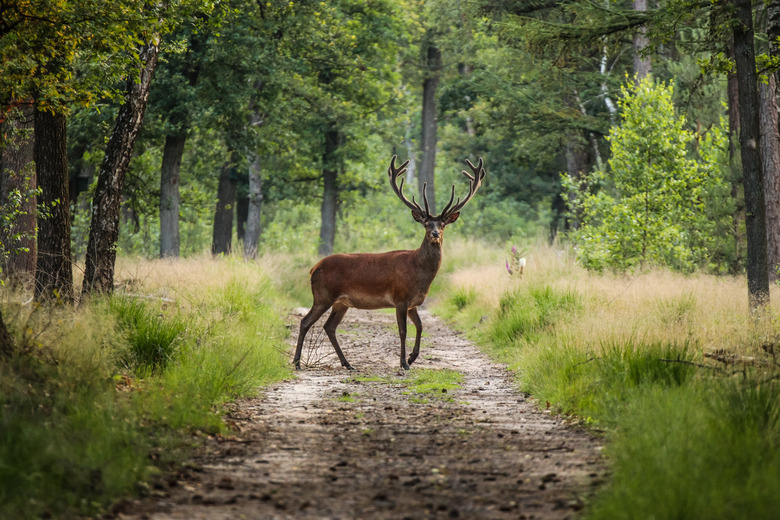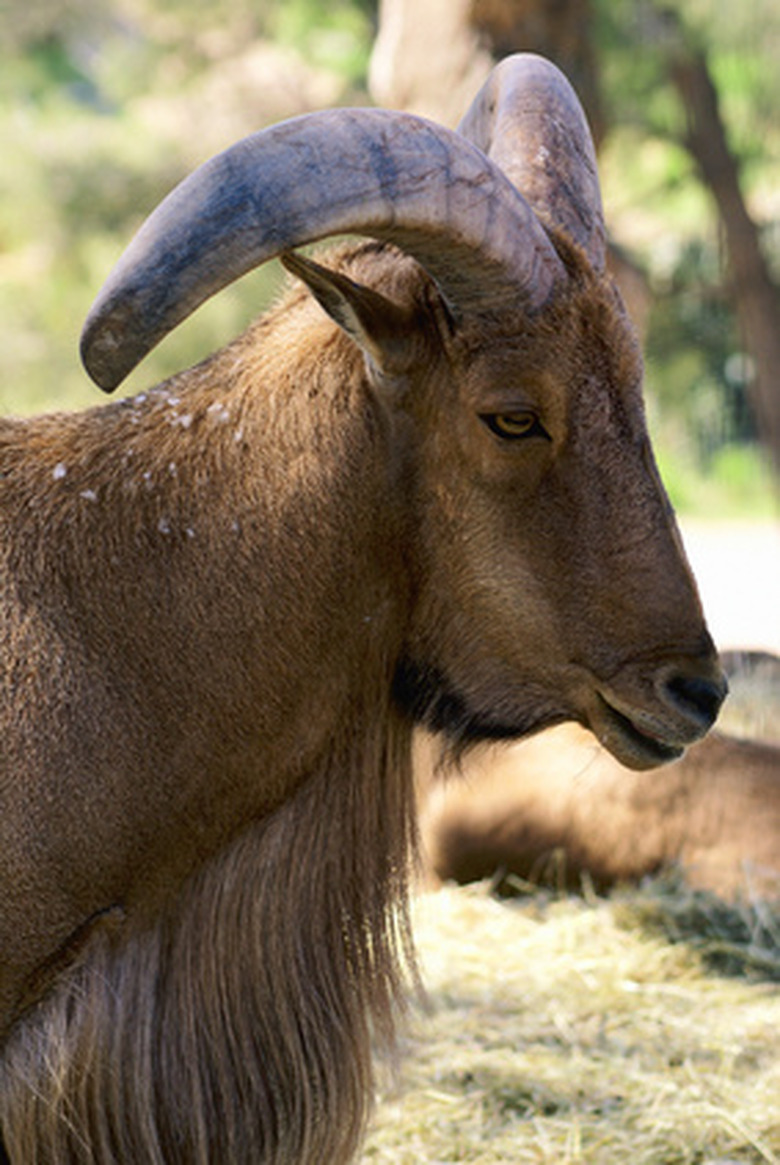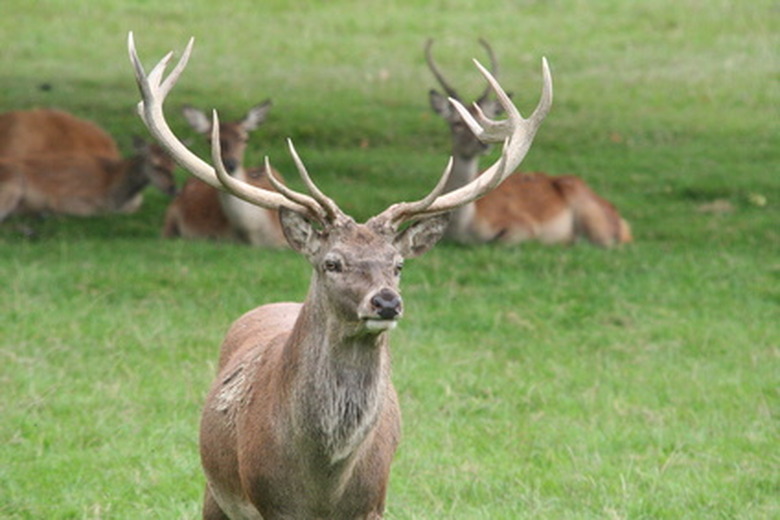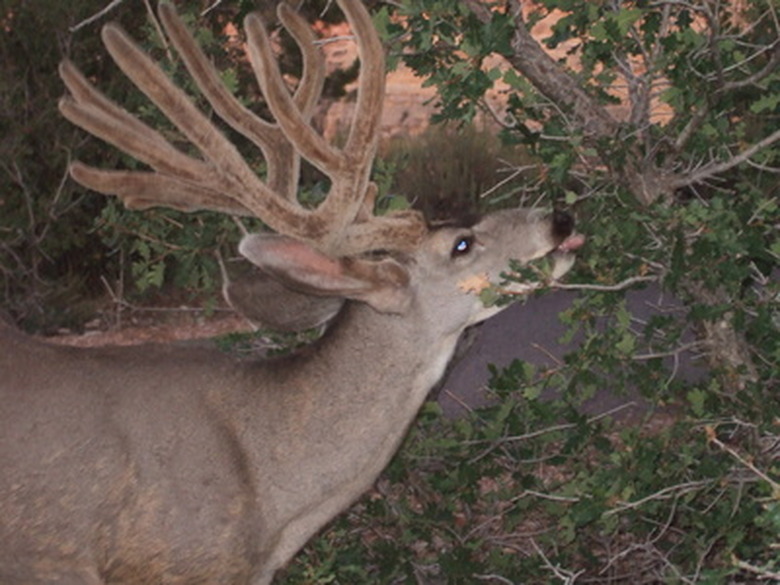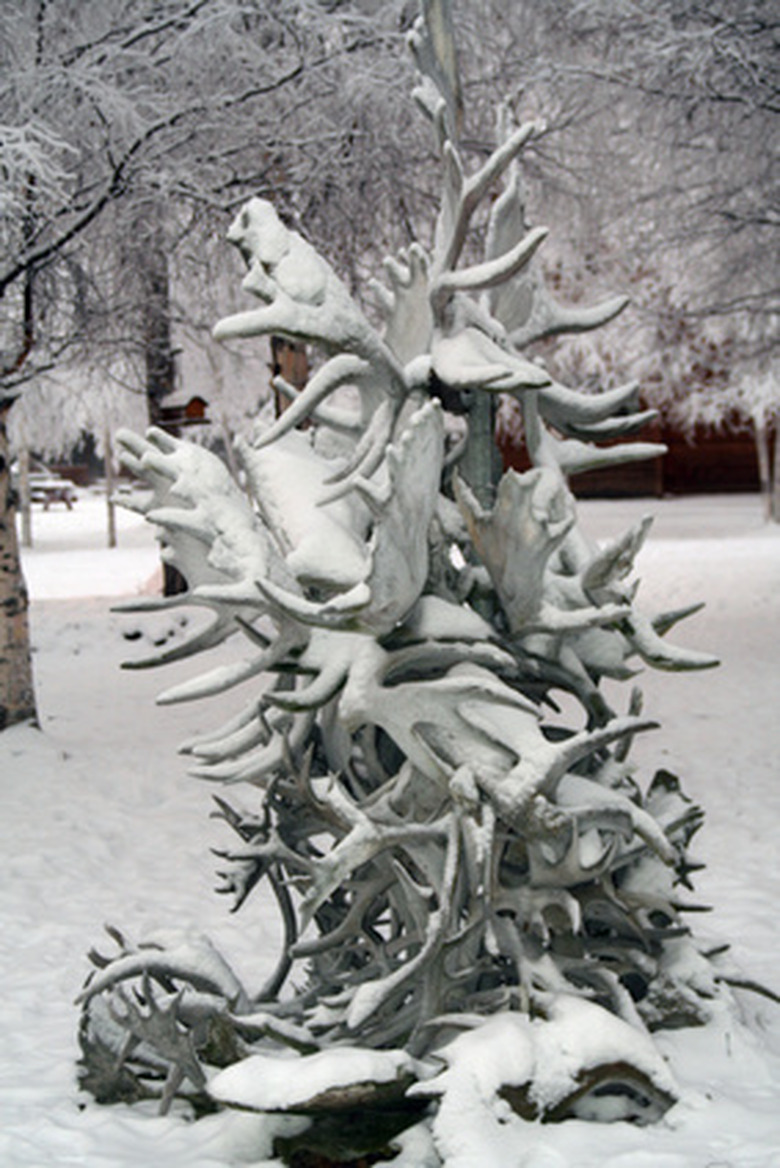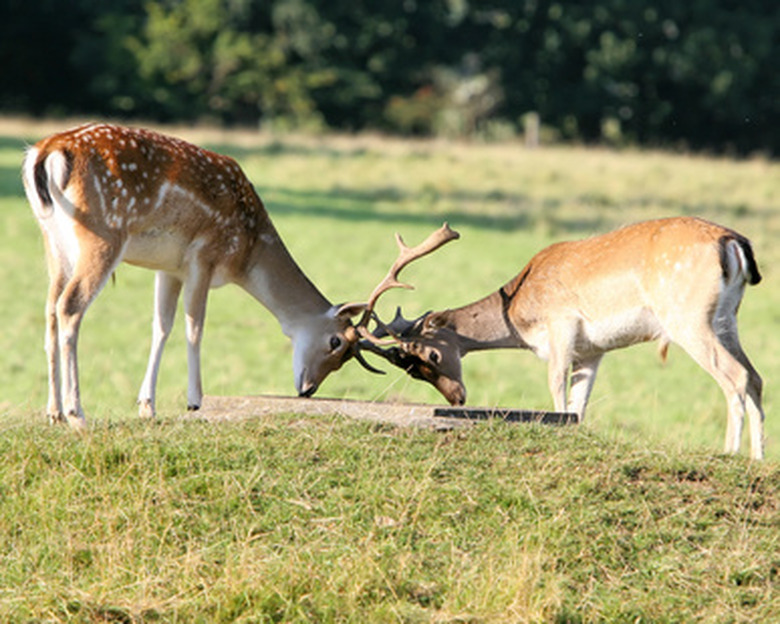Why Do Deer Get Velvet On Their Horns?
When you see deer with fuzzy antlers, you are seeing a deer in velvet. That velvet provides nutrition and growth to deer antlers. This special tissue is a type of skin, loaded with blood vessels and nerves, that regenerates every year. Because deer shed their antlers annually, they need dense and rapid growth of their antlers to occur every year. Antlers are important in distinguishing the strongest and most viable bucks, who will end up mating and passing on their genes. Many people hunt for discarded velvet or “sheds” in the winter and early spring for folk medicines.
Antlers versus Horns
Antlers versus Horns
Some hunters refer to deer horns, but antlers and horns are different. Instead of being solid bone, antlers have a honeycomb structure, says the Wisconsin Department of Natural Resources. In addition, antlers are shed each year, unlike horns, which are permanent. Antlers are found on caribou, deer, elk and moose, while horns are found on animals including the rhinoceros.
Antler Growth Beginnings
Antler Growth Beginnings
Antler growth is controlled by the changing light of the seasons. As daylight increases in the spring, testosterone production increases and triggers antler growth and neck muscle growth. A substantial amount of protein and minerals are necessary for antler growth, so spring and summer nutrition are important factors in antler size. You may have heard hunters refer to bucks by their points, such as "a 6-point buck." This is because as antlers grow, they develop more pointy tips. The higher the number of points, the older and stronger that buck likely is. Hunters often prize bucks with a larger number of points.
Velvet and Antler Growth
Velvet and Antler Growth
The fuzzy skin that covers antlers as they grow is terrifically concentrated with blood vessels and nerves. It is very sensitive and nourishes antlers for about five months. Velvet helps make antlers the fastest growing tissue of any mammal. Antlers grow a half inch to more than one inch every day. As a comparison, human hair only grows about a half an inch in one month.
Because of that incredibly dense nutritional value, for centuries people have harvested the discarded deer velvet to use it for medicinal purposes. Today, many people like to take a velveteen supplement either in a pill form, or as a spray. Some professional sports players have sworn it has been the natural supplement that has helped them recover from injuries. Scientists are torn on whether or not it actually works in humans, but some people still use it to treat everything from high blood pressure to a weak immune system.
The Shed
The Shed
By fall, antlers are fully grown and the bone cells die. Velvet dries up and falls off. Although a buck in velvet rubs their antlers on trees, this is not because the shedding is itchy. At this point, no living tissue is present so it can't itch. Bucks rub their antlers to strengthen their neck muscles and mark trees with their scent.
Antler Use
Antler Use
Bucks may use their antlers to forage and dig under snow, but the main function of antlers is to combat other bucks to win females. The display of antlers and the battles between bucks ensure that the strongest and hardiest male deer end up mating with females and claiming territory. After the mating period or “rut," changing light levels reduce testosterone levels. The buck sheds the antler rack within two to three weeks. Deer that live in good habitats and eat well keep their antlers longer than those that don't.
Cite This Article
MLA
FitzGerald, Sumei. "Why Do Deer Get Velvet On Their Horns?" sciencing.com, https://www.sciencing.com/do-deer-velvet-horns-6690259/. 22 November 2019.
APA
FitzGerald, Sumei. (2019, November 22). Why Do Deer Get Velvet On Their Horns?. sciencing.com. Retrieved from https://www.sciencing.com/do-deer-velvet-horns-6690259/
Chicago
FitzGerald, Sumei. Why Do Deer Get Velvet On Their Horns? last modified March 24, 2022. https://www.sciencing.com/do-deer-velvet-horns-6690259/
